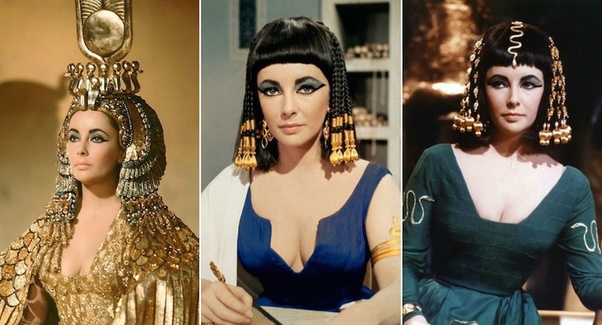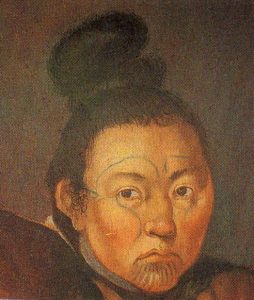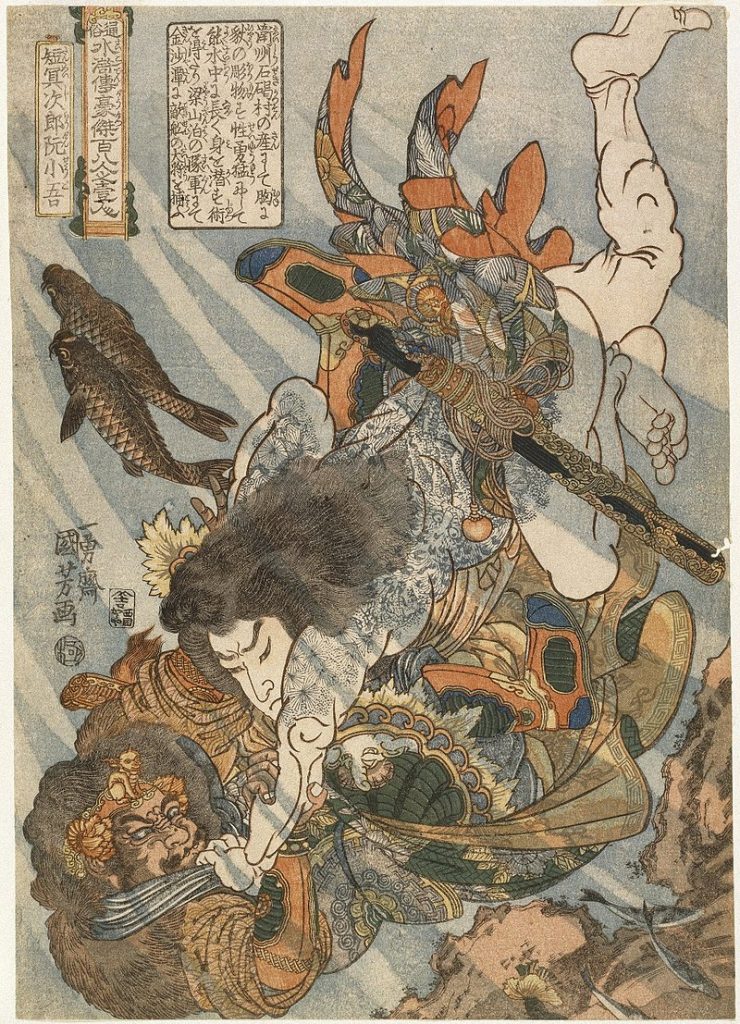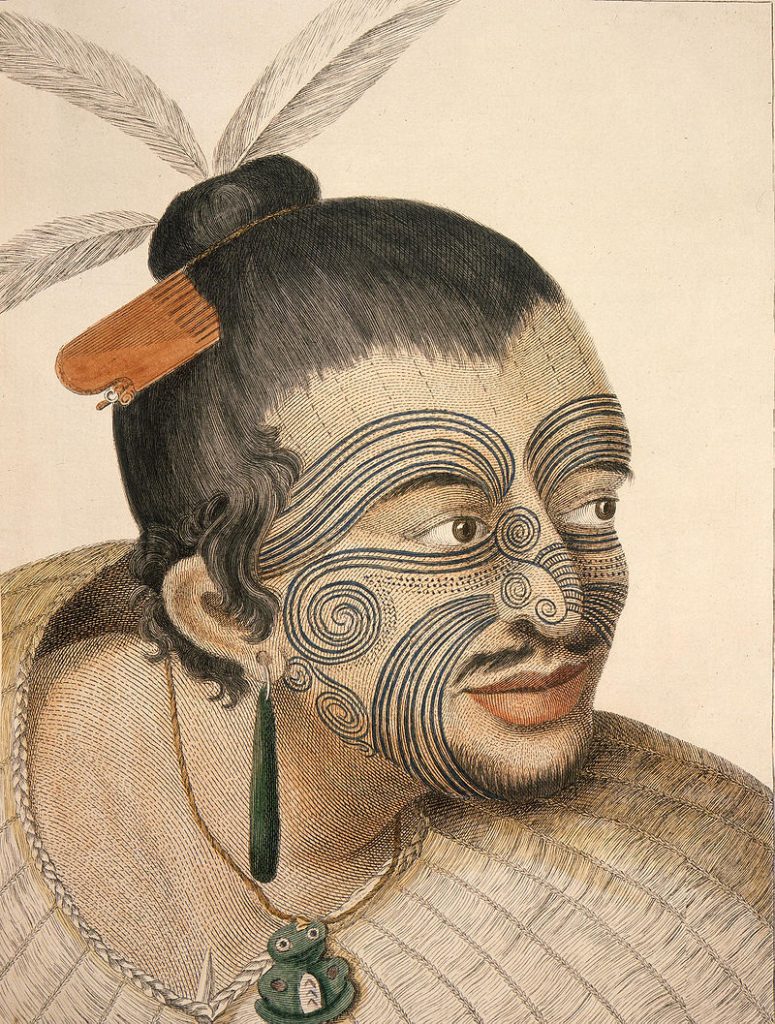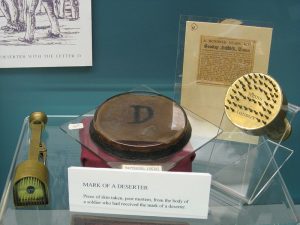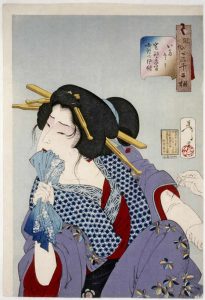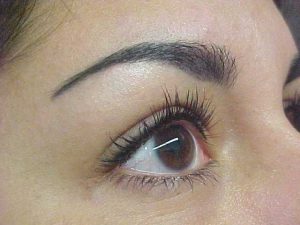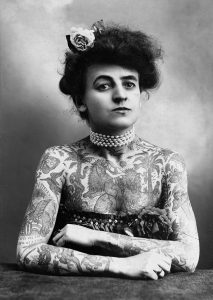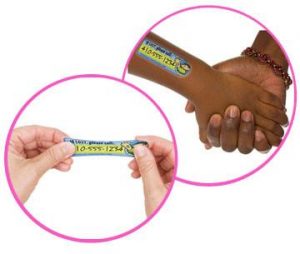Quick: what’s the first thing that came to mind?
Last week, a woman said to me (approximately), “People think permanent make-up is a new thing, but Cleopatra’s famous eyes were tattooed on. Soot was applied with knives.” I’d never heard such a thing, and I’ve actually been to Egypt. I always assumed her face was painted. As with anything that pricks my curiosity, I googled it. Lo and behold, it’s a much more complicated topic than I ever considered.
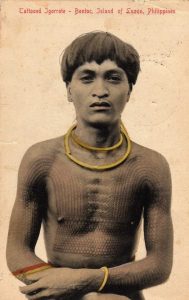
Basically, any time an indelible design is created by inserting pigment under the epidermis, the result is a tattoo. Tattooing has been practiced in various cultures over centuries.
How Many Centuries?
As for bodily evidence of tattoos, for a long time the oldest known examples were Egyptian mummies, dated about 2000 BCE. However, Ötzi the Iceman, found on the Italian-Australian border in 1991, pushed that back. His mummified skin has at least 60 tattoos and was carbon dated a thousand years earlier, making him 5,200 years old.
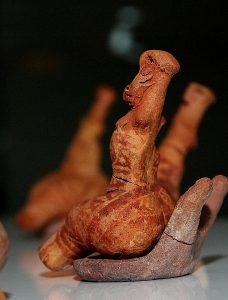
If one considers non-body evidence such as figurines and and paintings, then tattooing was practiced in Egypt in the Predynastic period, around 3100 BCE.
Tattooing Was Everywhere
The word tattoo started as the Polynesian word ta, meaning to strike. It evolved into the Tahitian word tatatau, meaning to mark something. As seen in the animated film Moana, these traditional tattoos were applied by means of rapidly striking a bamboo rod to drive an inked thorn into the skin.
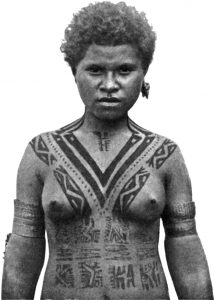
In nearly every ancient culture, such as those in Greece and Rome to Native Americans, Japanese, sub-Saharan African, Australian Aboriginal, and Innuit, evidence has shown that tattooing was and most modern cultures tattoos were and are everywhere.
But Why Tattoo?
- A cultic symbol dedicating the wearer to a specific god or belief
- For example, Amunet was a priestess of the goddess Hathor.
- As a brand signifying servitude/slavery/shame
- For example adulterers marked with an A, T for thief, etc.
- As a professional identification (e.g., prostitute, priestess)
- As a permanent amulet seeking protection
- Sailors having anchor tattoos or miners with lamps tattooed on their foreheads were trying to bring good luck.
- The patterns of tattoos on Egyptian women’s abdomens and thighs seem to have been for fertility and for protection during pregnancy and childbirth.
- Tattoos may have been a therapeutic tool, similar to acupuncture.
- The Ice Man had tattoos on his hands, lower back, and feet in areas that showed signs of stress damage.
- As a declaration of group membership (think Marines, college fraternities, or Nazis)
- As a visible means of intimidating the enemy (think Maori warriors) or showing bravery or success in battle
- As a personal symbol of a meaningful event (e.g., birth of a child) or belief (sayings of Jesus or Buddha), or tribute to a beloved person
- And, of course, as pure body art/decoration
- Tattoos used by gang members and prisoners are often extraordinarily complex and will be covered in a separate blog post of their own.
- The tattoos used by the Nazis in concentration camps were a form of branding, not in the same class as voluntary markings prisoners have chosen to put on their bodies for various reasons.
- Tattoos to repair or restore
- Today, plastic surgeons often work with tattoo artists to cover scars, burns, the effects of alopecia or vitiligo.
- Many women get tattoos on their breasts after cancer surgery.
- Along with her other artistic work, Amy Black (Pink Ink Fund) is a tattoo artist well known in the Richmond, VA area, for creating realistic-looking nipples or other art for women who have had cancer surgery.
Permanent Make-Up, the Daughter of General Tattooing
The goal is to look natural, or like externally applied makeup, enhancing colors on the face, lips, eyebrows, and eyelids. This type of tattooing (also known as cosmetic tattooing, dermapigmentation, micropigmentation) is also older than one might think.
The first documented permanent makeup artist was Sutherland MacDonald, in the U.K. in 1902! His specialty was “all-year-round delicate pink complexion”—i.e., rouged cheeks. By the 1920s, it was popular in the U.S. The tattooist George Burchett wrote about beauty salons that tattooed women using vegetable dyes without their knowledge under the rise of “complexion treatment.” (Personally, I can only imagine that those women were willfully ignorant, given that tattooing is generally an uncomfortable procedure with visible aftereffects, such as temporary scabbing.)
As with all matters of fashion, popularity varies over time. During the 1960s and 1970s, the popularity of tattoos took a sharp uptick. According to one article (the guardian.com) in 2016, a US poll revealed that 29% of people had a tattoo, up from 21% four years earlier. Of people born between 1982 and 2004, 47% have at least one.
General Considerations
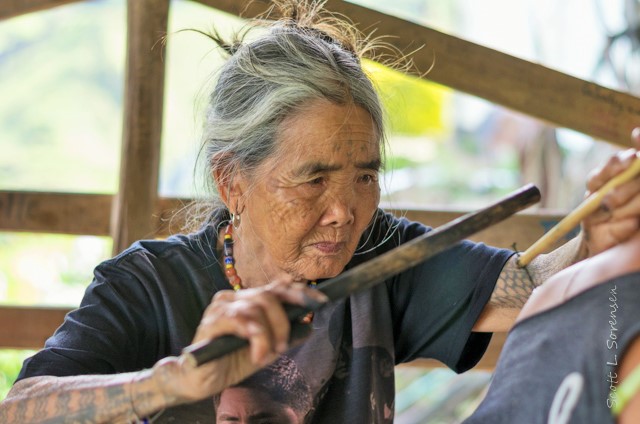
Do multiple tattoos create a different impression from a single one? And if so, in what way? What difference does the reason for the tattoo make? What about the nature/content of the tattoo?
But Back to Cleopatra
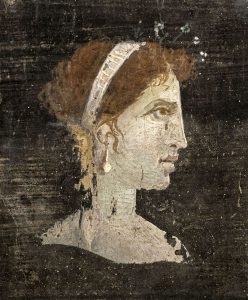
According to accepted academic evidence, in Egypt—unlike most cultures—only women were tattooed. The tattoos most often seemed related to fertility and childbirth, or identifying the woman as high ranking. However, I found nothing specific to Cleopatra’s face. Bummer.
Bottom Line
Permanent body decoration serves psychological and/or practical purposes for the tattooed one. In addition, body decorations send out a range of social signals—intentional or not. Think about it.

